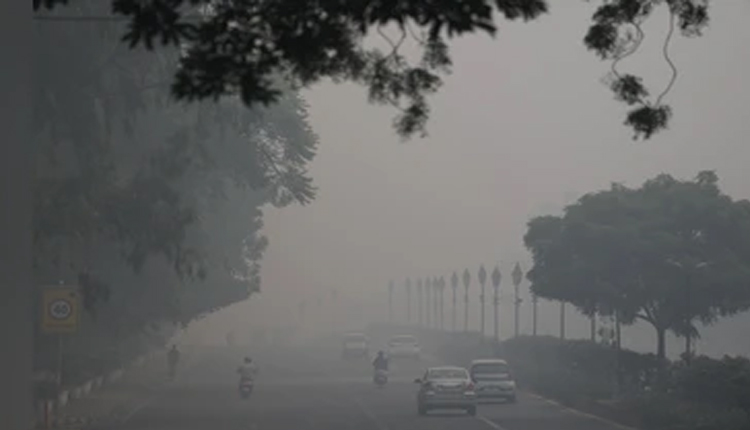New Delhi: Efforts to combat Delhi’s choking pollution through artificial rain hit a snag as cloud seeding trials conducted by IIT Kanpur failed to yield results, primarily due to insufficient moisture in the atmosphere.
On Tuesday, the IIT Kanpur team carried out two sorties, releasing a total of 14 flares into the clouds over Delhi-NCR. Despite these attempts, no significant rainfall occurred. The team’s report highlighted that cloud moisture levels hovered between 10 and 15 per cent, making precipitation nearly impossible.
The India Meteorological Department recorded a mere 0.1 mm of rain in Noida, underscoring the trial’s limited impact.
Experts explained that cloud seeding, which involves dispersing substances like silver iodide to encourage rain formation, requires at least 15-20 percent humidity for success. The flares, each weighing 2-2.5 kg, were deployed across areas including Khekda, Burari, North Karol Bagh, Mayur Vihar, Sadakpur, and Bhojpur. The flights originated from IIT Kanpur and Meerut airports.
This initiative forms part of the Delhi government’s broader winter action plan to tackle deteriorating air quality in the national capital. With pollution levels often spiking during the colder months, authorities are pinning hopes on innovative solutions like artificial rain to wash away airborne toxins.
Undeterred, the IIT team plans to conduct two more trials on Wednesday, monitoring weather conditions closely. A team member stated that they are closely monitoring all parameters and will continue the experiments until viable conditions emerge.
As Delhi grapples with hazardous air, residents await clearer skies, but nature’s whims have so far dashed these high-tech aspirations.



Comments are closed.